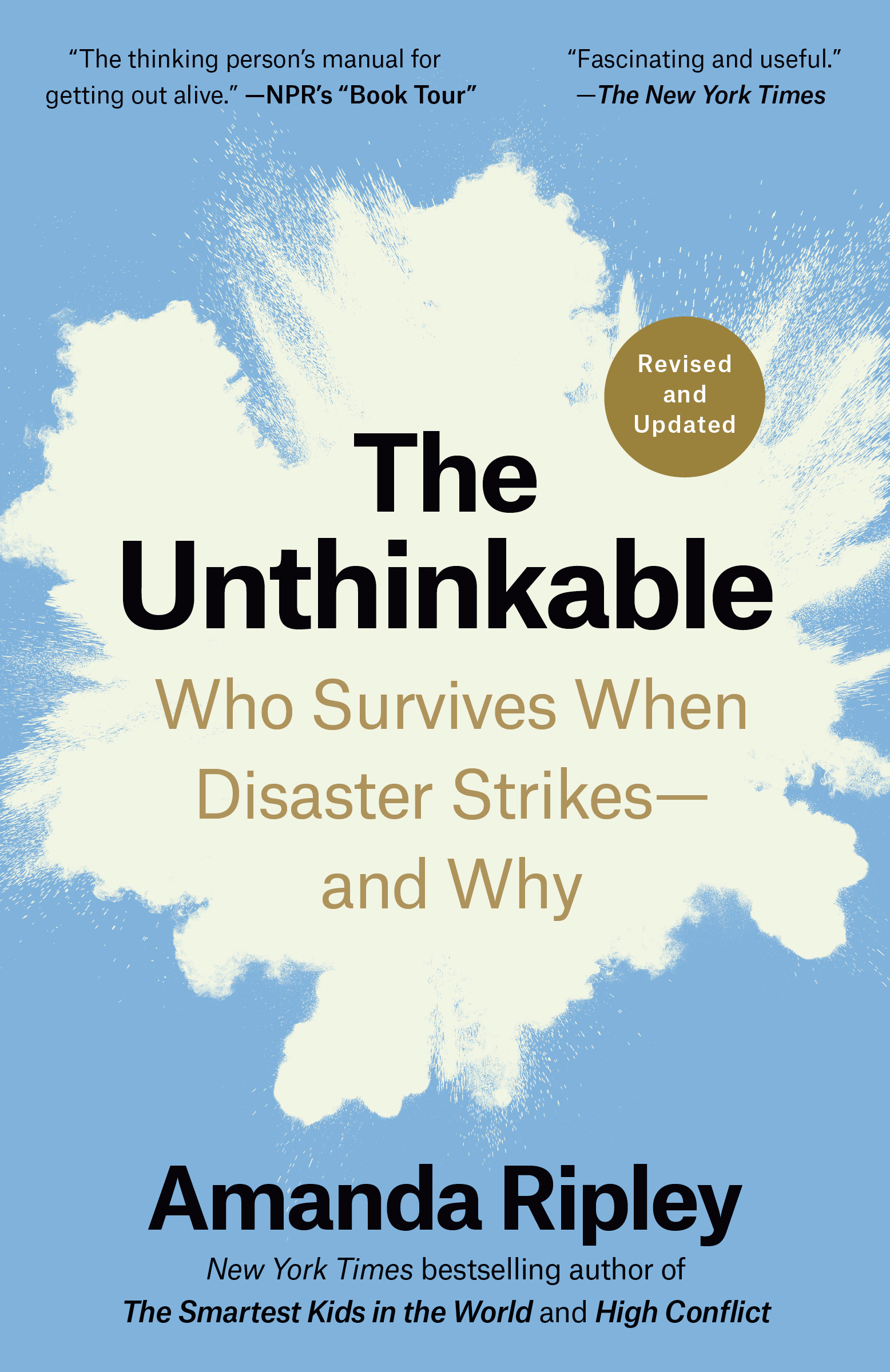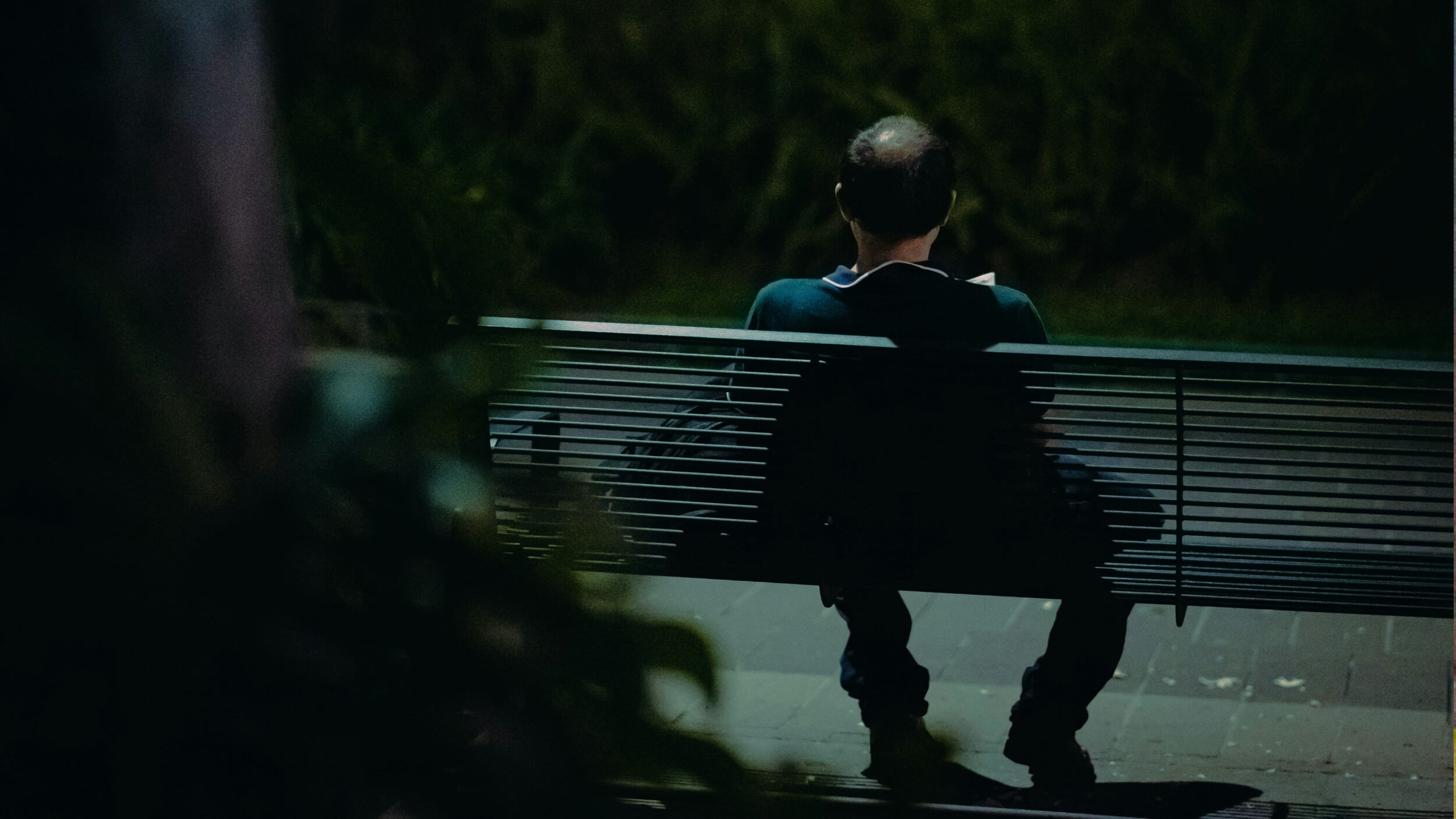The groundbreaking optimism of catastrophe expert Samuel Henry Prince

- On the morning of December 6, 1917, a massive TNT explosion ripped through Halifax harbor in Nova Scotia.
- One of the witnesses — priest and scholar Samuel Henry Prince — became fascinated with the study of human behavior during catastrophes.
- The field would languish until revived by the Cold War and, more recently, the terror attacks of 9/11.
On the morning of December 6, 1917, a bright, windless day, a French freighter called the Mont Blanc began to slowly pull out of the Halifax harbor in Nova Scotia. At the time, Halifax was one of the busiest ports in the British Empire. There was a war on in Europe, and the harbor groaned with the churn of ships, men, and weapons. The Mont Blanc was headed for France that day, carrying over twenty-five hundred tons of explosives, including TNT. While passing through a narrow channel in the harbor, a larger ship, the Imo from Belgium, accidentally rammed the bow of the Mont Blanc.
The collision itself was not catastrophic. The Imo sailed on, in fact. But the crew of the Mont Blanc knew that their ship was a floating time bomb. They tried to put out the fire, but not for very long. Then they scrambled into lifeboats and paddled for shore. For a few heartbreaking moments, the Mont Blanc drifted in the harbor. It brushed up against the pier, setting it on fire. Children gathered to watch the spectacle.

Many of the worst disasters in history started quite modestly. One accident led to another, until a fault line opened up in a civilization. About twenty minutes after the collision, the Mont Blanc exploded, sending black rain, iron, fire, and wind whipsawing through the city. It was the largest bomb explosion on record. The blast shattered windows sixty miles away. Glass blinded some one thousand people. Next, a tidal wave caused by the explosion swamped the shore. Then fire began to creep across the city. In the harbor, a black column of fire and smoke turned into a hovering white mushroom cloud. Survivors fell to their knees, convinced that they had seen a German zeppelin in the sky.
At the moment of the explosion, an Anglican priest and scholar named Samuel Henry Prince happened to be eating breakfast at a restaurant near the port. He ran to help, opening up his church as a triage station. It was, strangely enough, Prince’s second disaster in five years. He had responded to another local cataclysm in 1912, when a luxury cruise liner called the Titanic had sunk some five hundred miles off the coast of Halifax. Back then, Prince had performed burials at sea in the frigid waters.

Prince was the kind of man who marveled at things others preferred not to think about. On the awful day of the explosion, he was astounded by what he saw. Prince watched men and women endure crude sidewalk operations without obvious pain. How was one young soldier able to work the entire day with one of his eyes knocked out? Some people experienced hallucinations. Why did parents fail to recognize their own children at the hospital—and, especially, at the morgue? Small details nagged at Prince. On the morning of the explosion, why was the very first relief station set up by a troupe of actors, of all people?
That night, a blizzard hit Halifax, the epic’s final act. By the time the catastrophe had rippled out across the land, 1,963 people would be dead. In silent film footage taken after the blast, Halifax looks like it was hit by a nuclear weapon. Houses, train terminals, and churches lie like pick-up sticks on the snow-covered ground. Sleighs are piled high with corpses. “Here were to be found in one dread assembling the combined horrors of war, earthquake, fire, flood, famine and storm—a combination for the first time in the records of human disaster,” Prince would write. Later, scientists developing the atomic bomb would study the Halifax explosion to see how such a blast travels across land and sea.
After helping rebuild Halifax, Prince moved to New York City to study sociology. For his PhD dissertation at Columbia University, he deconstructed the Halifax explosion. “Catastrophe and Social Change,” published in 1920, was the first systematic analysis of human behavior in a disaster. “Life becomes like molten metal,” he wrote. “Old customs crumble, and instability rules.”
What makes Prince’s work so engaging is his optimism. Despite his funereal obsessions, he saw disasters as opportunities—not just, as he put it, “a series of vicissitudes mercifully ending one day in final cataclysm.” He was a minister, but he was clearly enchanted by industry. The horrific explosion had, in the end, “blown Halifax into the 20th century,” forcing many changes that were for the better. His thesis opened with a quote from St. Augustine: “This awful catastrophe is not the end but the beginning. History does not end so. It is the way its chapters open.”
After Prince’s death, the field of human behavior in disasters would languish. Then, with the onset of the cold war and a new host of anxieties about how the masses might respond to nuclear attacks, it would come back to life. After the fall of communism, it would stagnate again—until the terrorist attacks of September 11, 2001. Prince seemed to anticipate the temptation for people to avert their eyes. “This little volume on Halifax is offered as a beginning,” he wrote. Don’t let it be the end, he pleaded. “Knowledge will grow scientific only after the most faithful examination of many catastrophes.” The remainder of the century would prove rich with material.






